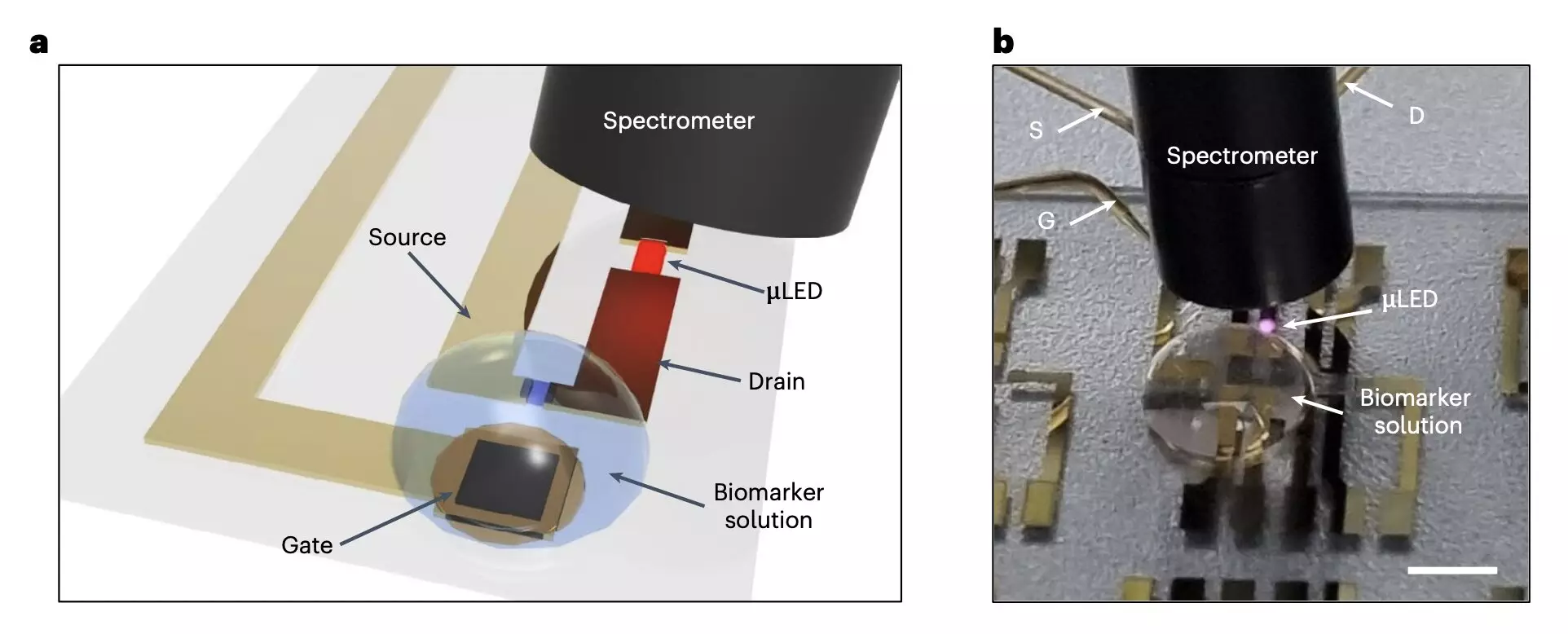In recent years, the realm of wearable technology has seen immense growth, particularly within the field of health monitoring. Devices designed to track physiological metrics such as heart rate, activity levels, and sleep patterns are becoming commonplace. These advancements are particularly beneficial for athletes and individuals seeking to improve their overall health. Among the most revolutionary developments in this domain are organic electrochemical transistors (OECTs), which have sparked interest due to their ability to amplify and transmit delicate biological signals.
OECTs hold promise for exceeding current wearable technologies’ capabilities by offering the potential to monitor a broader spectrum of biomarkers. This includes critical indicators such as glucose, lactate, cortisol, and pH levels. The ability to continuously gather and analyze these signals can lead to significant implications for both athletic performance and the management of chronic medical conditions.
Despite the ingenious design of OECTs, transferring the data they capture to external devices presents its own set of challenges. While OECTs utilize flexible, organic materials that enhance comfort and wearability, most corresponding wireless communication systems are built from rigid, inorganic materials. This disparity often leads to an increase in device bulkiness and compromises mechanical flexibility. Consequently, this raised a pressing need for a cohesive integration of materials that could remedy these limitations while maintaining performance integrity.
Fortunately, researchers at the Korea Institute of Science and Technology (KIST) have risen to the occasion, creating a novel wireless biomarker monitoring device. This device, recently detailed in a contribution to *Nature Electronics*, successfully merges both organic and inorganic components, achieving commendable mechanical stability and performance while maintaining a remarkably slim profile of just 4 micrometers.
The device developed by KIST engineers showcases an innovative configuration that integrates OECT biochemical sensors alongside inorganic micro-light-emitting diodes (μLEDs). The underlying technology consists of a method for patterning gold electrodes combined with a specialized polymer mixture on a parylene substrate, which is incredibly thin and flexible. This setup allows for the precise detection of various biomarkers by observing changes in the electrical current flowing through the OECTs, which shift according to the concentration of specific substances in the environment.
This transition results in significant alterations in the amount of light emitted from the μLEDs, thus facilitating real-time biomarker monitoring. The researchers emphasized the versatility of their design, allowing for potential applications in near-infrared imaging, thereby expanding the device’s functionality beyond traditional markers of health.
Early testing of this innovative device has yielded encouraging results, with a high transconductance rate of 15 mS and exceptional mechanical robustness. The potential to analyze near-infrared images in conjunction with predicting biomarker concentrations presents unique opportunities for healthcare solutions. As research progresses, the prospects for this device extend to the development of medical technologies that not only monitor but also predict health trends.
Moreover, the integration of flexible power sources, such as soft batteries or solar energy systems, can pave the way for a completely chipless environmental monitoring system, enhancing user autonomy and device sustainability. Such advancements would be particularly valuable in developing wearable technologies that require minimal technical expertise while retaining rigorous operational functionality.
The advancements brought forth by KIST researchers signify profound strides in the field of wearable health technology. By integrating advanced materials and innovative design principles, we stand on the brink of a new era in health monitoring that promises to empower individuals with real-time data about their physiological states. The implications of such devices could extend beyond personal health management into the realms of medical diagnostics and chronic disease monitoring, potentially transforming how we approach health and wellness in day-to-day life. As development continues, we eagerly anticipate the next phase of breakthroughs that may further integrate technology with personal health insights.


Leave a Reply